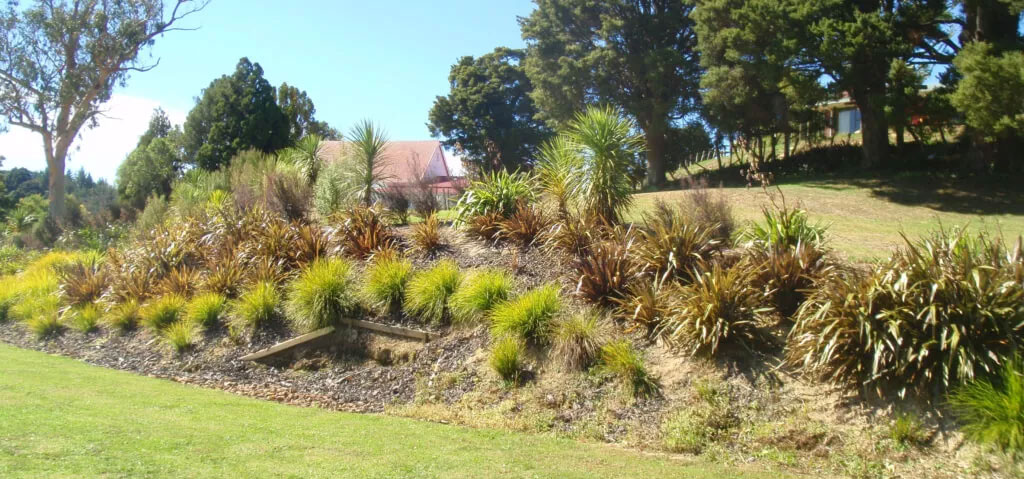Your site and dispersal field have the biggest say in which system will work best for you. Let our team take a look, either on site or via aerial mapping, and we can help you find a solution that works for you.
Water Tolerant Plants Suitable For On-site Wastewater Disposal Systems
The best plants for wet areas are those with a high transpiration rate, vigorous growth and water tolerance. Your options are not limited to native plants but since they are more accessible, they are ideal for huge wet areas.
Standard lawn grass is a proven effective high transpiration plant species in such conditions, as are a large number of other plant species seen in typical domestic gardens. If you plan on planting trees, also consider plants that prefer shade and wet soil so that the trees’ canopies won’t hinder their development.
Consideration also needs to be given to effects of roots from plants and from trees in particular, on wastewater distribution pipe networks/emitter lines in land application systems, prior to selection and planting of a plant or tree species.
Advice on such matters can be obtained from garden centre specialists and landscaping consultants or specialist growers such as Kauri Park Nurseries.
The following list covers native and other plant species that are considered for planting in moist conditions, such as those associated with wastewater disposal fields. They are all tolerant or fond of moist conditions.

Astelia Grandis
Wide olive green leaves with a silvery sheen beneath and reddish purple midribs, the clump can be up to 2m high. It is an inhabitant of swampy ground from lowland to montane altitudes throughout the North Island and to Southern Canterbury. Preferring a damp soil, it is able to withstand permanently wet feet.
1.5-2m







































